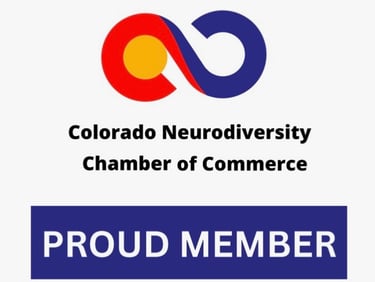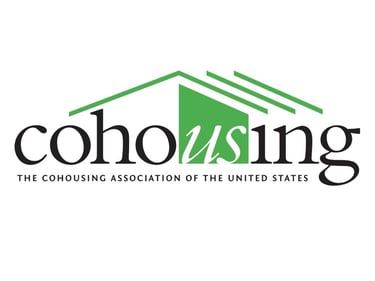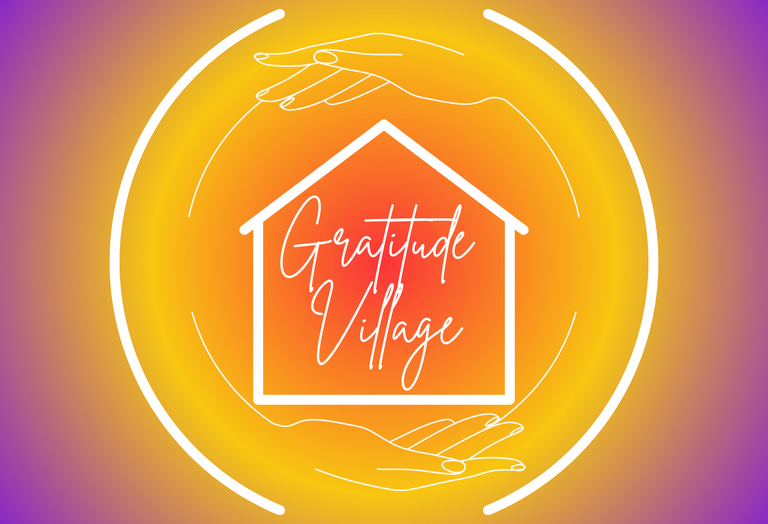Join our next In Person Info Session December 13 from 11am-1pm MST
Beyond Homogeneity: Building a More Inclusive Cohousing Movement
Many cohousing communities across the country face a difficult but necessary truth: despite good intentions, they often lack racial, cultural, and socioeconomic diversity. At Gratitude Village Colorado, diversity is a core value, not an afterthought. We’re intentionally building a community that welcomes a wide range of incomes, ages, abilities, racial and ethnic backgrounds, family structures, and belief systems. By addressing systemic barriers — including affordability, representation, and accessibility — we’re working to create a truly inclusive cohousing model where belonging isn’t conditional, it’s built in. Diversity makes us wiser, kinder, and more connected — and we believe everyone deserves a place at the table.
Gratitude Village
10/18/20254 min read


Cohousing has long been described as a model for intentional, connected living — a way to bring people together to share meals, resources, and a sense of belonging. But there’s a hard truth that needs to be named: many cohousing communities across the United States lack meaningful racial and socioeconomic diversity. It’s not because the idea of community isn’t beautiful nor because the groups forming these communities don't want diversity. It’s because the path to building these neighborhoods has often been shaped by systems — financial, cultural, and social — that unintentionally make them less accessible to many people.
At Gratitude Village, we’re committed to facing this reality head-on. One of our core values is diversity. Our community embraces a wide range of incomes, ages, abilities, racial and ethnic backgrounds, family structures, and belief systems. We believe that diversity makes us wiser, kinder, and more connected — and that true belonging only flourishes when everyone has a place at the table. This isn’t just a nice sentiment. It’s a commitment to do the work differently.
The Diversity Gap in Cohousing
Across the country, cohousing communities tend to reflect a fairly narrow demographic. Nationally, residents are often white, middle or upper-middle class, college-educated and older than the general population. This is not because these communities are intentionally exclusive — but because the barriers to entry are real.
Some of those barriers include:
Financial access: The upfront cost of buying a home in cohousing can be steep.
Lack of awareness: Cohousing is often unfamiliar to communities that have been historically excluded from alternative housing models.
Zoning and policy hurdles: Many communities are built in areas where land is expensive or regulations make it hard to offer affordable options.
Cultural disconnect: Cohousing has sometimes been presented and marketed in ways that unintentionally signal “this isn’t for you” to people outside the dominant culture.
If cohousing is truly about creating vibrant, resilient neighborhoods, then these gaps need to be acknowledged — and addressed.
Why Diversity Matters
At Gratitude Village, diversity isn’t just a checkbox. It’s essential to who we are trying to become.
A diverse community brings more wisdom because people with different life experiences see the world differently. It brings more kindness because it pushes us to understand perspectives beyond our own. And it builds stronger, more connected neighborhoods, because communities that reflect the richness of the wider world are better equipped to thrive in it.
Diversity isn’t about “looking good” in a brochure. It’s about creating a real village, where children grow up surrounded by people of all ages, abilities and backgrounds. It’s about elders sharing wisdom, families supporting one another and individuals feeling seen, valued, and included.
Breaking Down Economic Barriers
One of the clearest obstacles to greater diversity in cohousing is cost. Traditional cohousing developments often require large upfront buy-ins that can exclude people who don’t have generational wealth or access to conventional mortgage financing.
At Gratitude Village, we’re taking intentional steps to change that:
Mixed-income model: Up to 50% of our homes will be permanently affordable through tools like Community Land Trusts, cooperative ownership and deed-restriction models.
Partnerships and funding strategies: We’re actively seeking support from public and philanthropic sources to help reduce costs for future residents.
Shared resources: By designing for shared vehicles, gardens, energy systems, and amenities, we lower the long-term cost of living.
Affordability is equity in action. When more people can say “yes” to living in community, the village gets stronger.
Representation and Cultural Belonging
Economic access alone doesn’t create a truly inclusive community. Representation matters. When people look at a community and don’t see themselves reflected, it’s hard to believe they belong there. This is why Gratitude Village is intentionally reaching out to a wide range of groups and individuals — families, elders, BIPOC communities, LGBTQ+ folks, people with disabilities, renters, and first-time homebuyers. We believe cohousing works best when it reflects real life — not a single, narrow version of it.
And once people arrive, belonging has to be actively nurtured:
Creating space for cultural traditions and different ways of gathering.
Ensuring governance is accessible and inclusive, not dominated by one group.
Listening deeply, even (and especially) when it’s uncomfortable.
Making sure no one is expected to “fit in” to a single mold of what community looks like.
Inclusive Design and Accessibility
True diversity also includes people of different abilities, ages and life stages. That’s why Gratitude Village is committed to universal design principles and Net Zero construction — creating spaces that work for everyone. Wide pathways, accessible common spaces, adaptable homes, and thoughtful community design mean that people can age in place, families with young children feel supported, and people with mobility challenges can thrive without barriers.
Diversity isn’t just about who lives here — it’s also about how the space itself welcomes them.
The Ongoing Work
Diversity isn’t something that happens once a community is built. It’s something we practice daily — in how we design, how we make decisions, how we communicate and how we grow together. We don’t claim to have it all figured out. But we are committed to:
Naming inequities openly
Listening with humility and the intention to connect & understand
Inviting in diverse voices early and often
Sharing leadership
Keeping affordability and access at the center of our planning
Building a diverse community isn’t a box to check — it’s a way of living.
A Place at the Table
One of our guiding beliefs at Gratitude Village is simple but powerful: true belonging only flourishes when everyone has a place at the table. That means a table where elders and children sit side by side. Where differences are not just tolerated, but celebrated. Where race, income, age, ability or identity are not barriers, but threads that make the fabric of the village stronger.
Cohousing has an incredible opportunity — and a responsibility — to move beyond homogeneity. We believe that building truly inclusive communities isn’t just possible. It’s essential.
COMMUNITY
Join us in embracing nature, diversity and connection.
Sustainability
DIVERSITY
info@gratitudevillageco.com
720-689-4821
© 2025. All rights reserved.
AFFORDABILITY
Gratitude Village Inc. is a 501(c)3 charitable corporation that values diversity, equity, and inclusion as essential to our mission
Subscribe to our Substack
Refund Policy




Gratitude Village is a Proud Member of these organizations
